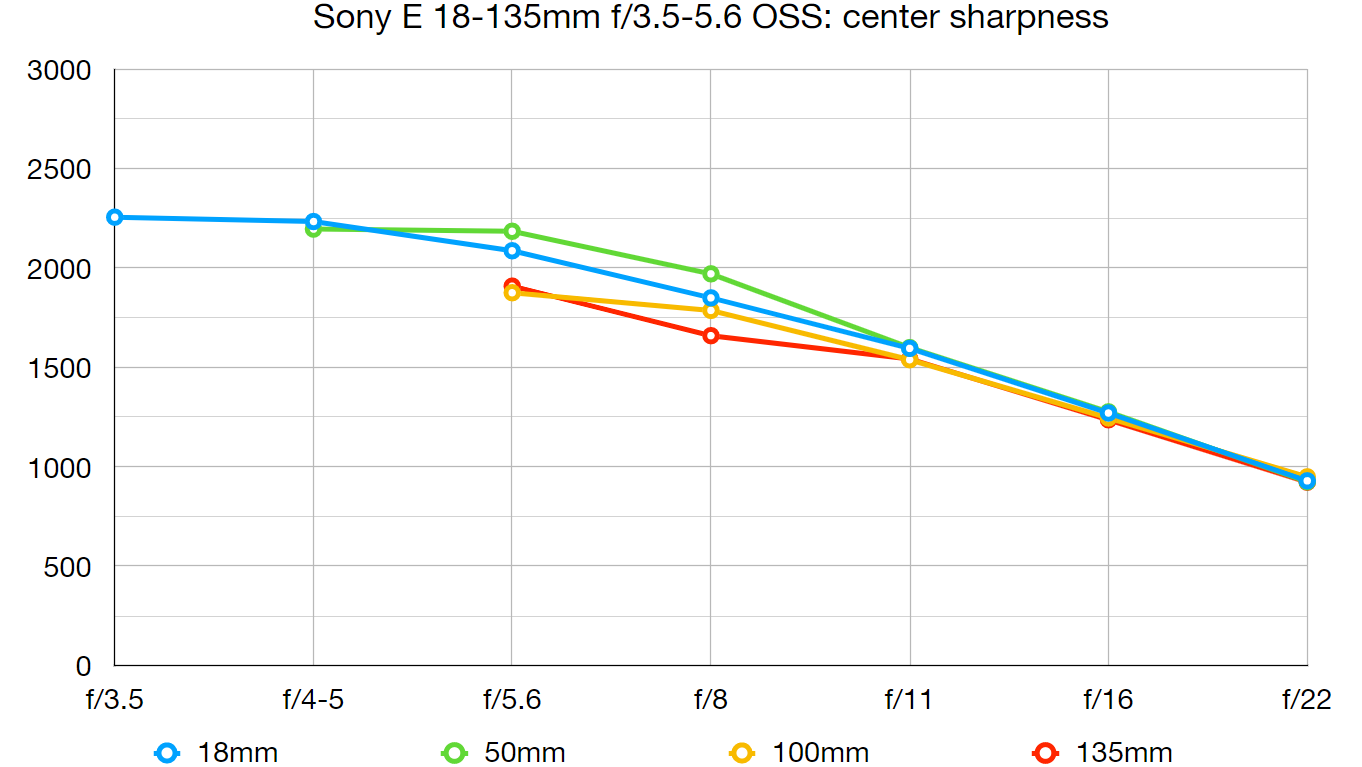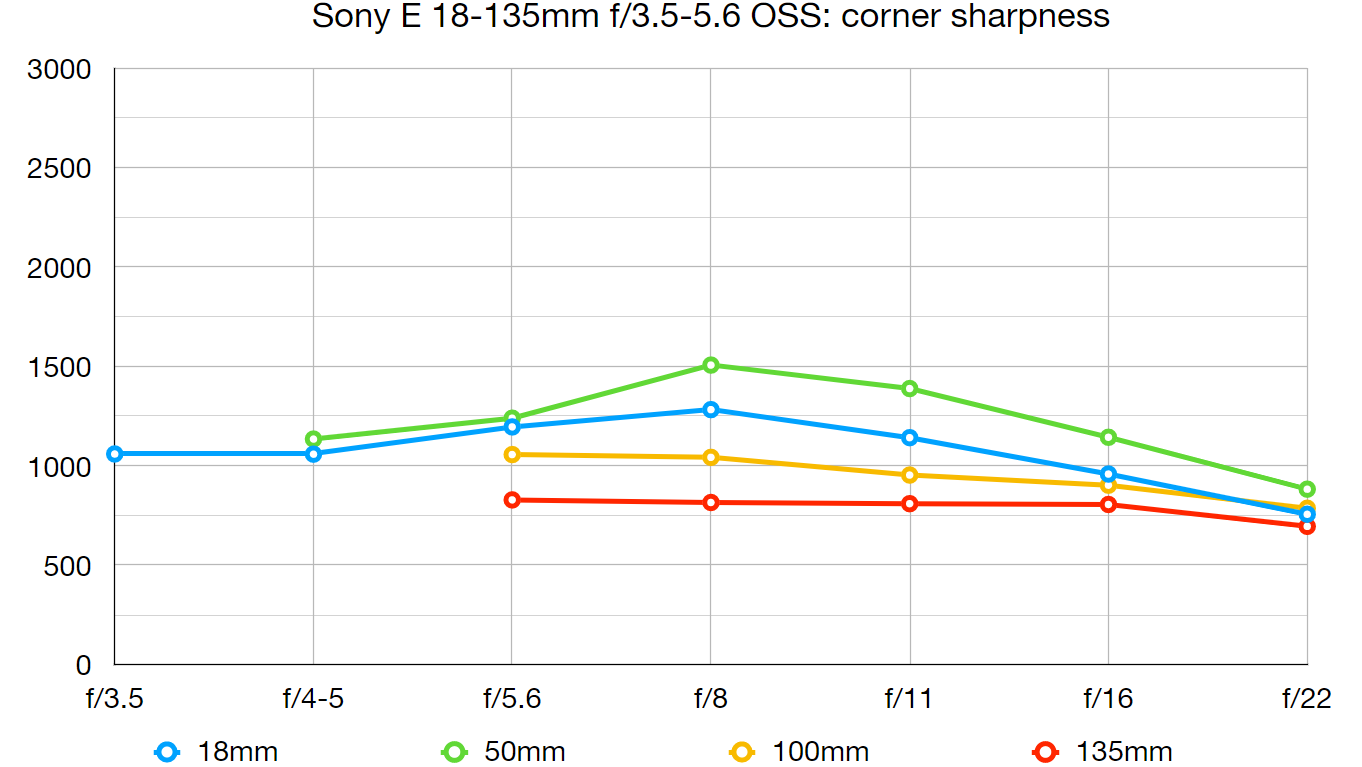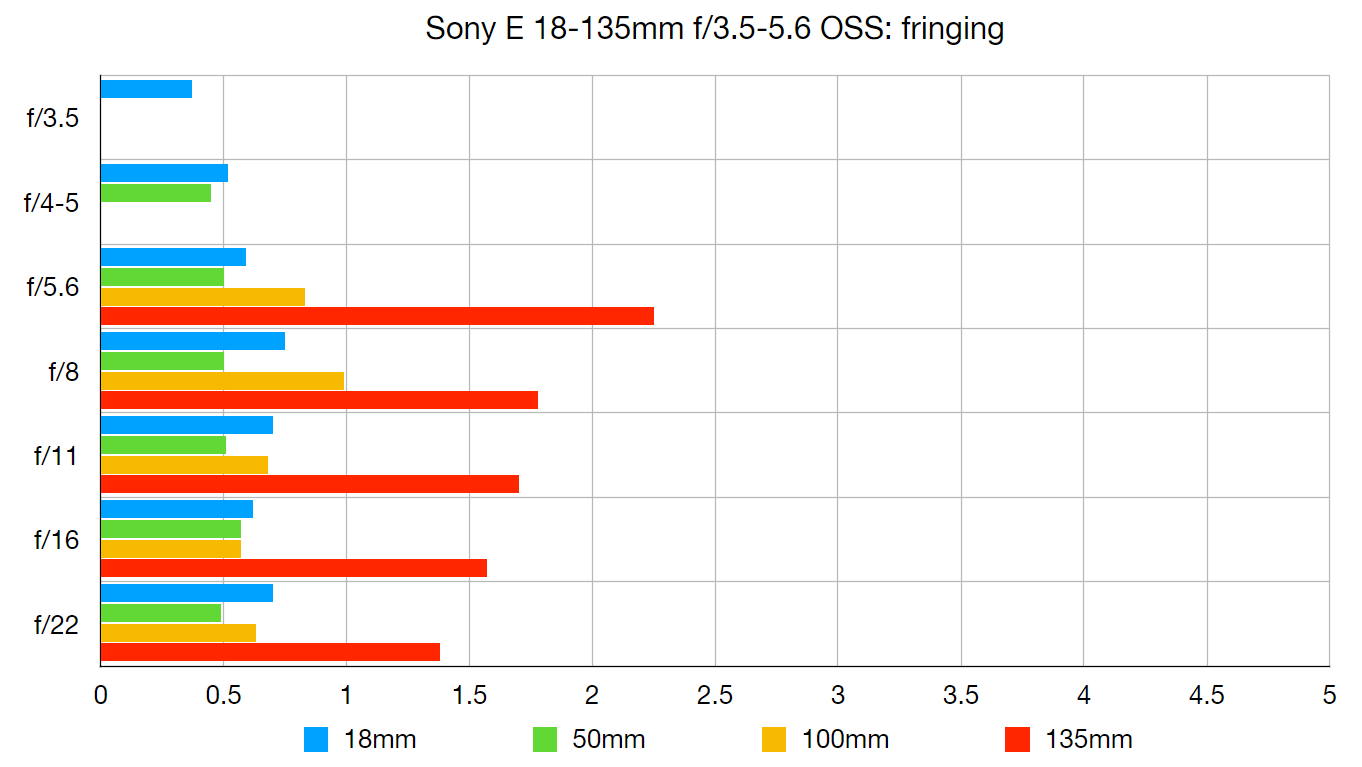Digital Camera World Verdict
Sony APS-C mirrorless cameras are compact and lightweight, making them well suited to travel and walkabout photography. That advantage is somewhat lost if you need to carry a bag full of lenses with you along the way, and maybe a tripod. Stretching from good wide-angle coverage to strong telephoto reach, and with the inclusion of Optical SteadyShot, this all-purpose lens works for a myriad of photo opportunities. Its handling, image quality and all-round performance make it a smart buy at the price.
Pros
- +
Versatile zoom range
- +
Optical image stabilization
- +
Good overall performance
Cons
- -
No weather-seals
- -
Mediocre mid-edge sharpness at long zoom settings
Why you can trust Digital Camera World
Although compact and lightweight at 326g, the Sony E 18-135mm f/3.5-5.6 OSS qualifies as a ‘superzoom’ lens. With an effective zoom range of 27-202.5mm, taking the 1.5x crop factor of Sony APS-C mirrorless cameras into account, it gives pretty much the same sweep of focal lengths as a 28-200mm on a full-frame camera. But it does so in a much smaller build, making it eminently suitable as a walkabout and travel lens, taking everything from wide-angle to telephoto shots in its stride.
Specifications
Mount: Sony E
Sony product code: SEL18135
Full frame: No
Autofocus: Yes
Stabilization: Yes
Lens construction: 16 elements in 12 groups
Angle of view: 76-12 degrees
Diaphragm blades: 7
Minimum aperture: f/22-36
Minimum focusing distance: 0.45m
Maximum magnification ratio: 0.29x
Filter size: 55mm
Dimensions: 67x88mm
Weight: 326g
Key features
Size matters for a travel lens and with dimensions of 67x88mm, the Sony is small enough to take anywhere and everywhere. Typical of this type of lens, it physically extends as you sweep from the short to the long end of the zoom range but even at full extension, it’s only 112mm long.
The aperture rating of f/3.5-5.6 is a little faster than many recent zoom lenses for mirrorless cameras, gaining you a little extra shutter speed in low lighting conditions. Even so, optical image stabilization can be a massive benefit and, considering that most NEX cameras don’t feature in-body stabilization, the inclusion of Optical SteadyShot is very welcome.
The optical design incorporates two ED (Extra-low Dispersion) elements to enhance contrast and color rendition while reducing color fringing, and one aspherical element that improves sharpness and helps to keep the overall size down.
Autofocus is driven by a linear stepping motor which is fast for stills and enable smooth, virtually silent focusing for video capture. The minimum focus distance of 0.45m allows for close-up shots with a generous maximum magnification ratio of 0.29x.
Performance
Autofocus proved fast and reliably consistent in our tests, and we found optical image stabilization gave a benefit of around 2.5-stops.
Center-sharpness is excellent in the short half of the zoom range, and still very good in the longer half. Away from the very center of the frame towards the middle and edges, sharpness is more mediocre in the 100-135mm sector of the zoom range.
Color fringing is minimal at most zoom settings but can be rather noticeable at the long end of the zoom range, when uncorrected in-camera. The lens relies very heavy on automatic in-camera correction for distortion, with an extreme barrel effect in the 18-24mm sector of the zoom range. Even so, that’s not uncommon for modern lenses designed for mirrorless cameras.
Lab results
We run a range of lab tests under controlled conditions, using the Imatest Master testing suite. Photos of test charts are taken across the range of apertures and zooms (where available), then analyzed for sharpness, distortion and chromatic aberrations.
We use Imatest SFR (spatial frequency response) charts and analysis software to plot lens resolution at the center of the image frame, corners and mid-point distances, across the range of aperture settings and, with zoom lenses, at four different focal lengths. The tests also measure distortion and color fringing (chromatic aberration).
Sharpness:


Center-sharpness is excellent throughout most of the zoom range and doesn’t drop off much at the long end. Away from the central region of the frame, levels of sharpness are lackluster in the 100-135mm sector of the zoom range.
Fringing:

There’s only very minor color fringing through most of the zoom range but it becomes noticeable towards the edges and corners of the frame at the longest zoom setting, without in-camera correction.
Distortion:

Like many recent lenses for mirrorless cameras, this Sony relies very heavily on automatic in-camera correction for distortion. Barrel distortion is extreme at 18mm and still very pronounced at 24mm, although there’s only minor pincushion at 50-135mm focal lengths.
Verdict
Sony APS-C mirrorless system cameras are compact and lightweight, making them well suited to travel and walkabout photography. That advantage is somewhat lost if you need to carry a bag full of lenses with you along the way, and maybe a tripod. Stretching from good wide-angle coverage to strong telephoto reach, and with the inclusion of Optical SteadyShot, this all-purpose lens works for a myriad of photo opportunities. Its handling, image quality and all-round performance make it a smart buy at the price.
Read more:
• Best camera lenses to get
• Best Canon lenses
• Best Nikon lenses
• Best Sony lenses
Matthew Richards is a photographer and journalist who has spent years using and reviewing all manner of photo gear. He is Digital Camera World's principal lens reviewer – and has tested more primes and zooms than most people have had hot dinners!
His expertise with equipment doesn’t end there, though. He is also an encyclopedia when it comes to all manner of cameras, camera holsters and bags, flashguns, tripods and heads, printers, papers and inks, and just about anything imaging-related.
In an earlier life he was a broadcast engineer at the BBC, as well as a former editor of PC Guide.


